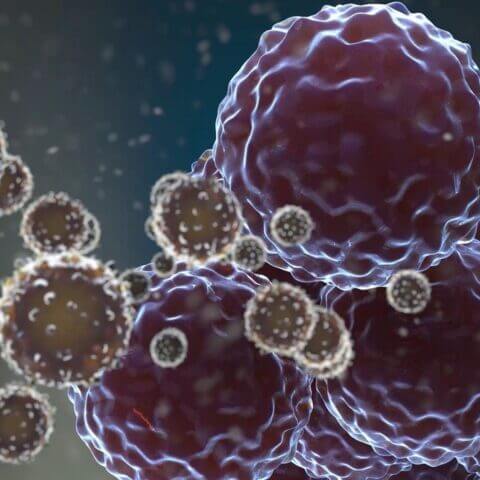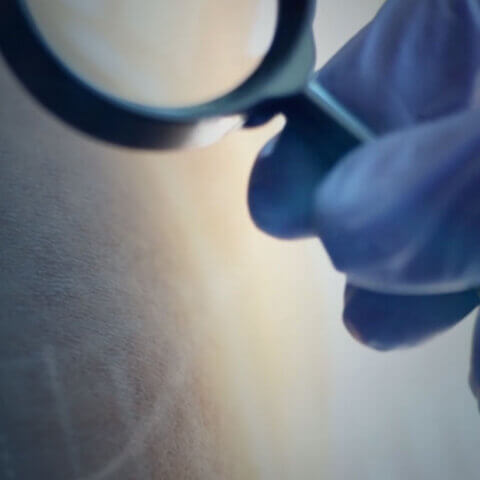Psoriasis is a dermatological disorder that is often paired with underlying systemic disease and multiple comorbidities. While a common condition, its wide range of severity and causes, along with several clinical subtypes, make it challenging to treat.
Global Impact of Psoriasis
The World Health Organization estimates at least 100 million individuals globally live with psoriasis, representing roughly two percent of the total population. This condition is also the most prevalent autoimmune disorder in the United States, affecting roughly 7.5 million Americans. The management of psoriasis and its effects are a significant economic burden, with direct and indirect costs averaging $25,796 per person and $135 billion annually.
Psoriasis usually develops in adulthood but 10–15 percent of cases present in childhood. While 80 percent of psoriasis cases can be classified as mild to moderate, the remaining 20 percent are moderate to severe, affecting more than 5 percent of the body surface. Some of psoriasis’s worst effects aren’t dermatological: Up to 40 percent of psoriasis patients have psoriatic arthritis. Generally associated with more severe disease, patients experience synchronous flares and remission of skin and joint symptoms.
While there is currently no cure for psoriasis, advances in treatment, such as biologics, have significantly improved the quality of life for patients with this condition. However, many suffer due to incorrect or delayed diagnoses, inadequate treatment options, social stigmatization, and a lack of access to appropriate care.
Recognizing Psoriasis
Dermatological psoriasis symptoms result from exaggerated and disordered epidermal cell proliferation and keratinization. Dysregulated interactions of the innate and adaptive immune system in skin epithelium and connective tissue result in inappropriate and damaging inflammation.
The three clinical hallmarks of psoriatic lesions are:
- Erythema — Redness caused by inflammation
- Scaling — Also called parakeratosis, arises from abnormal epidermal differentiation
- Induration — Hardening of the skin, also caused by epidermal proliferation
Risk Factors for Psoriasis
While the exact disease process is not currently known, psoriasis arises from a combination of genetic, immunological, and environmental factors. Its genetic component is particularly complex, involving at least nine different genes with 50 loci associated with psoriasis risk. Inheritance is also uncertain: When both parents have psoriasis, there is an 80 percent chance their child will develop the disorder.
Psoriasis is triggered and exacerbated in susceptible individuals by a variety of known environmental factors that include:
- Emotional stress
- Injury to the skin, resulting in the Köbner phenomenon or isomorphic response
- Infections, particularly streptococcal
- Certain drugs, including lithium, beta blockers, antimalarials, nonsteroidal anti-inflammatory drugs, and tetracycline antibiotics
The 6 Major Subtypes of Psoriasis
Symptom severity isn’t the only diverse aspect of psoriasis. The psoriasis umbrella includes a number of different subtypes, including:
- Chronic plaque psoriasis — The most common form, representing 80–90 percent of cases. Silvery plaques with erythema, scaling, and induration. Affected areas are often bilateral with knees, elbows, and scalp the most frequently involved sites.
- Inverse psoriasis — Also called flexural psoriasis. Affects skin folds throughout the body, including the armpits, groin, gluteal cleft, and the area under the breasts. Frequently lacks the scaly plaques associated with the more common chronic plaque psoriasis.
- Pustular psoriasis — Small vesicles filled with pus and surrounded by erythema. Either generalized in patches throughout the body or localized to a small area (most often the hands and feet). Sometimes occurs following infection or cessation of systemic or strong topical corticosteroids.
- Guttate psoriasis — Small coin-shaped lesions throughout the body. Often follows a streptococcal infection.
- Erythrodermic psoriasis — Severe exacerbation of the chronic plaque form of the disease. Total body erythema and scaling.
- Palmoplantar psoriasis — As its name suggests, a form of psoriasis limited to the palms of the hands and soles of the feet. Can be silvery plaques or reddish thickening of the skin.




